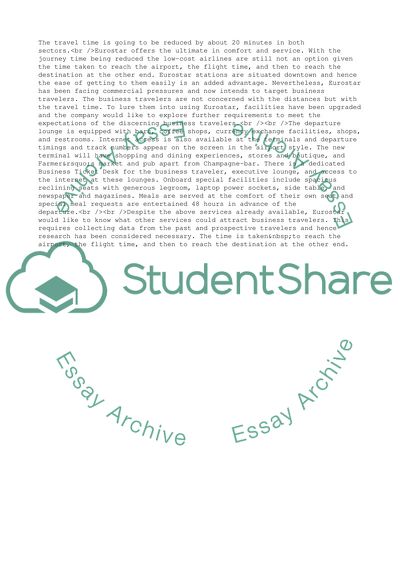Cite this document
(Key Aspects of Eurostar Company Research Paper Example | Topics and Well Written Essays - 2750 words, n.d.)
Key Aspects of Eurostar Company Research Paper Example | Topics and Well Written Essays - 2750 words. https://studentshare.org/business/1709852-research-proposal-for-eurostar
Key Aspects of Eurostar Company Research Paper Example | Topics and Well Written Essays - 2750 words. https://studentshare.org/business/1709852-research-proposal-for-eurostar
(Key Aspects of Eurostar Company Research Paper Example | Topics and Well Written Essays - 2750 Words)
Key Aspects of Eurostar Company Research Paper Example | Topics and Well Written Essays - 2750 Words. https://studentshare.org/business/1709852-research-proposal-for-eurostar.
Key Aspects of Eurostar Company Research Paper Example | Topics and Well Written Essays - 2750 Words. https://studentshare.org/business/1709852-research-proposal-for-eurostar.
“Key Aspects of Eurostar Company Research Paper Example | Topics and Well Written Essays - 2750 Words”. https://studentshare.org/business/1709852-research-proposal-for-eurostar.


